NYPD recruits taught basic ASL as part of training to better communicate with deaf people during emergencies
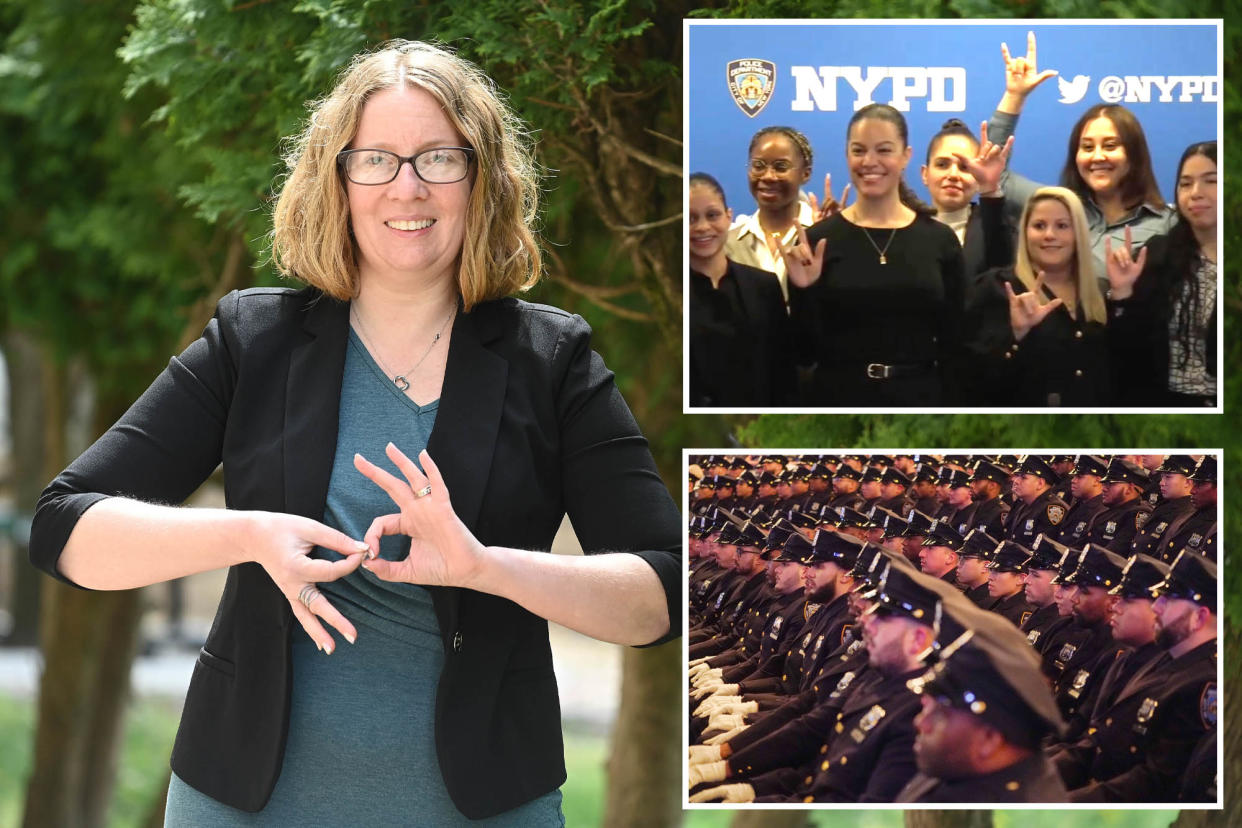
The current class of NYPD recruits — 600 strong — learned basic American Sign Language as part of their training, enabling them to better communicate with deaf people during emergencies.
Jessica Wohlstetter, who teaches ASL at the College of Staten Island, Hudson County Community College and Montclair State University, led the training for this newest batch of officers, who’ll graduate from the Police Academy next month.
Wohlstetter, 42, designed the program from the ground up, and told The Post the training was “long overdue.”
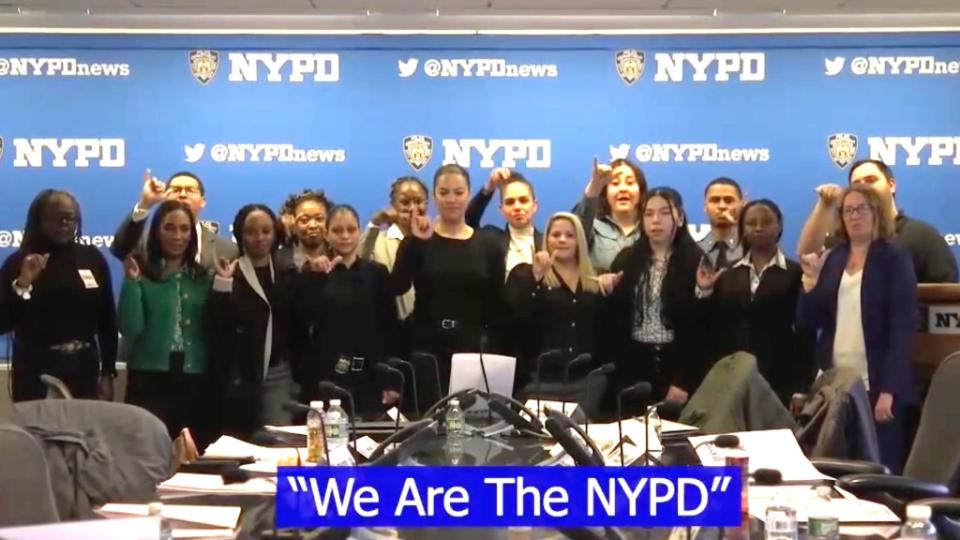
According to the Mayor’s Office for People with Disabilities, there are more than 175,000 deaf or hard of hearing individuals living in the five boroughs.
“ASL is the fourth most used language in America,” behind Chinese, Spanish, and English, she said.
“Over the years, the deaf community have had panels with the NYPD, and they’ve always said they want better communication with the police.”
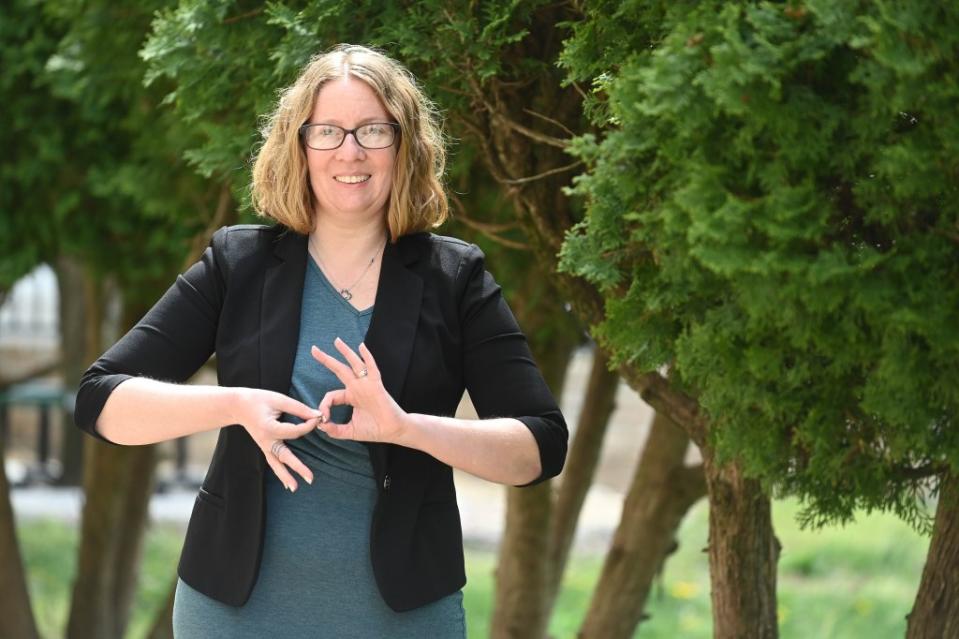
The Staten Island mom was tapped in late 2022 by former NYPD Commissioner Keechant Sewell and the department’s deputy commissioner for equity and inclusion, Wendy Garcia, to teach the cadets to sign — starting with the first class of 2024.
All 600 cadets, for example, were taught to sign the phrases “Police Officer,” “Ambulance,” “Help” and “Interpreter.”
Meanwhile, 15 other NYPD officers — the children of deaf adults who could sign, and were already on the force — recently completed an intensive, 8-week program with Wohlstetter, sanctioned by the Registry of the Interpreters of the Deaf.
Soon, they’ll be sitting for the national exam to become certified ASL interpreters.
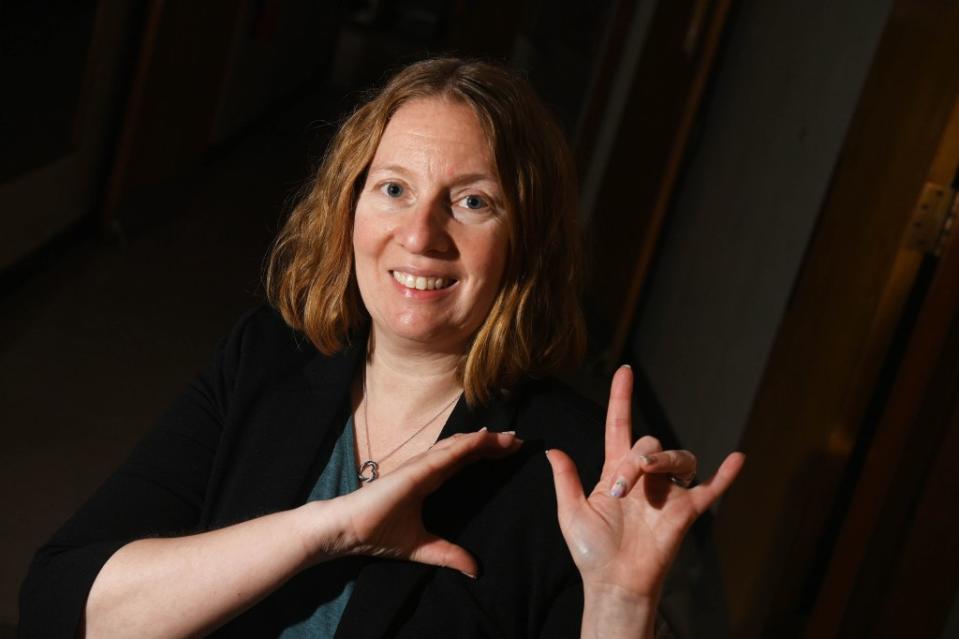
Once certified, these same officers can be summoned to different scenes to take statements from deaf individuals.
They’ll also be able to teach sign language to their colleagues in uniform.
Katherine Bouton, president for the NYC chapter of the Hearing Loss Association of America, said it was “great that the NYPD is adding” ASL instruction “to their training program.”
However, “it would be good if they could also address the issues that people with less visible hearing loss might have.”
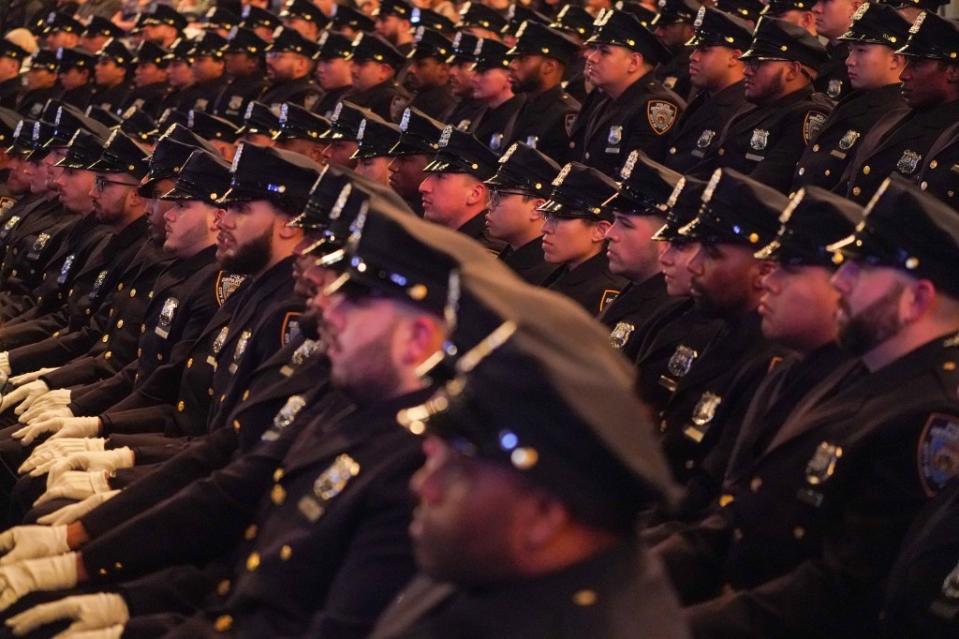
Bouton said people with hearing loss fail to understand questions or commands, and may react erratically.
“Sometimes people with hearing loss will ask the speaker to speak into a captioning device on their smartphone, or to a small mic that transmits via Bluetooth to their hearing aids. These can all seem confusing and possibly even threatening to a police officer. An officer pulling over a driver should also know that the driver may be deaf or hard of hearing with no visible evidence.”
Already, she said, the officers have been utilizing their new training during live-action simulations at the academy.
“There is a lot of passion within the NYPD for this project,” offered Wohlstetter about the first-of-its-kind program, which she hopes will become a blueprint for police departments nationwide.
“Jersey City heard about what I did for the NYPD, and now, they’re interested.”
Wohlstetter said she tailored the cadets‘ instruction around the sorts of calls they’ll likely respond to once they’re on the job, including claims of domestic violence and calls involving children.
“Ninety percent of deaf children are born to hearing parents,” Wohlstetter said.
“For some deaf children, they don’t have many interactions with signing adults. If their parents don’t learn ASL, they may only use it at school.”
But a uniformed officer, “arriving in a situation with them,” could be “a guiding light in that moment for them. ‘Hey, there’s an adult here to protect me, and they can sign, too. We hope to inspire kids in the deaf community, too.”

